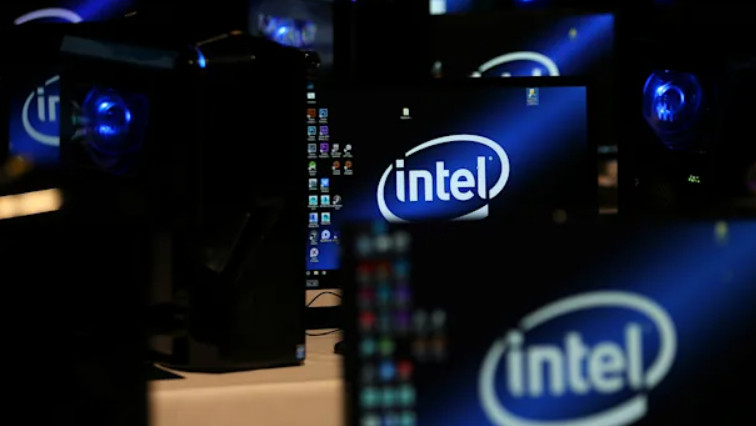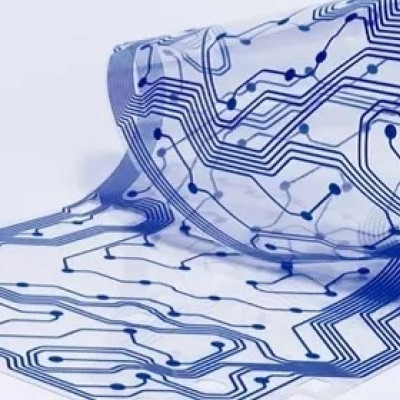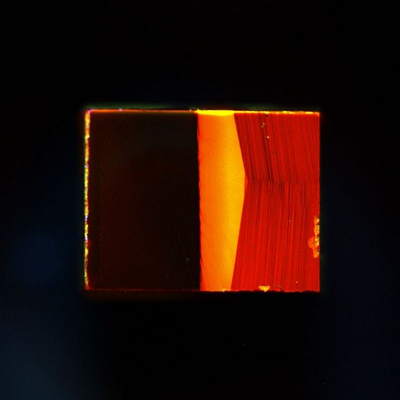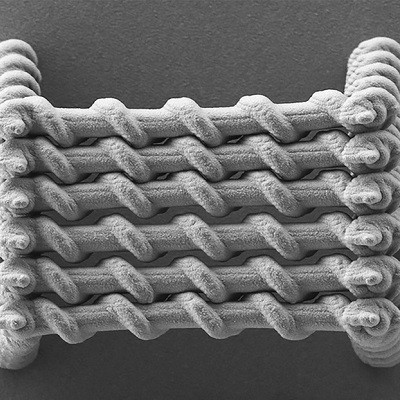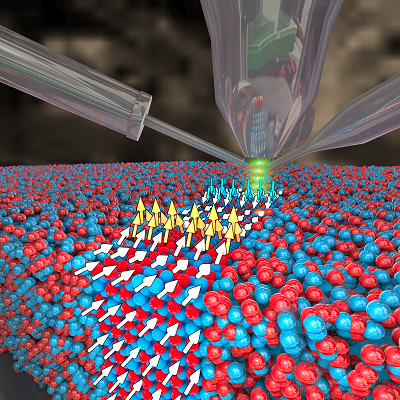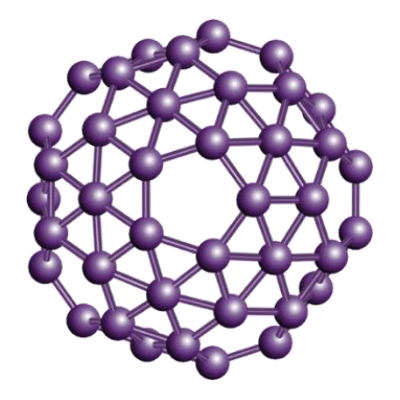But Intel's prospects are more interesting as we look ahead to 2024, when the company expects to finalize the design for its first chips with transistors smaller than 1 nanometer. They'll be measured by angstroms, instead. The "Intel 20A" node will be powered by "RibbonFET" transistors, the company's first new architecture since the arrival FinFET in 2011. It'll be coupled with PowerVia, a technology that can move power delivery to the rear of a chip wafer, which should make signal transmission more efficient.
“Building on Intel’s unquestioned leadership in advanced packaging, we are accelerating our innovation roadmap to ensure we are on a clear path to process performance leadership by 2025,” Intel's new CEO Pat Gelsinger (above) said during the "Intel Accelerated" livestream today. “We are leveraging our unparalleled pipeline of innovation to deliver technology advances from the transistor up to the system level. Until the periodic table is exhausted, we will be relentless in our pursuit of Moore’s Law and our path to innovate with the magic of silicon.”
Before it reaches the angstrom era of chips, though, the company also plans to release a processor with an "Intel 3" node in 2023. You can think of it as a super-powered version of its 7nm architecture, with around an 18 percent performance power watt improvement over Intel 4. It'll likely fill the timing gap between Rocket Lake chips in 2023 and the Intel 20A products in 2024. Intel is also daring to call its shot beyond 2024: it's also working on an "Intel 18A" node that'll further improve on its RibbonFET design.
For consumers, this roadmap means you can expect chips to get steadily faster and more efficient over the next five years. If anything, the announcements today show that Intel is trying to move beyond the 10nm and 7nm delays that have dogged it for ages.
As we've previously argued, it's ultimately a good thing for the tech industry if Intel can finally regain its footing. Its $20 billion investment in two Arizona-based fabrication plants was a clear sign that Gelsinger aimed to bring the company into new territory. But now that it's laid out a new timeline, there'll be even more pressure for Intel not to let things slip once again.
Read the original article on Engadget.

